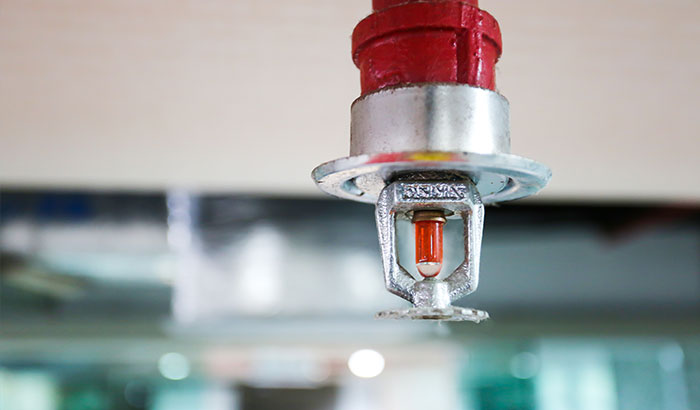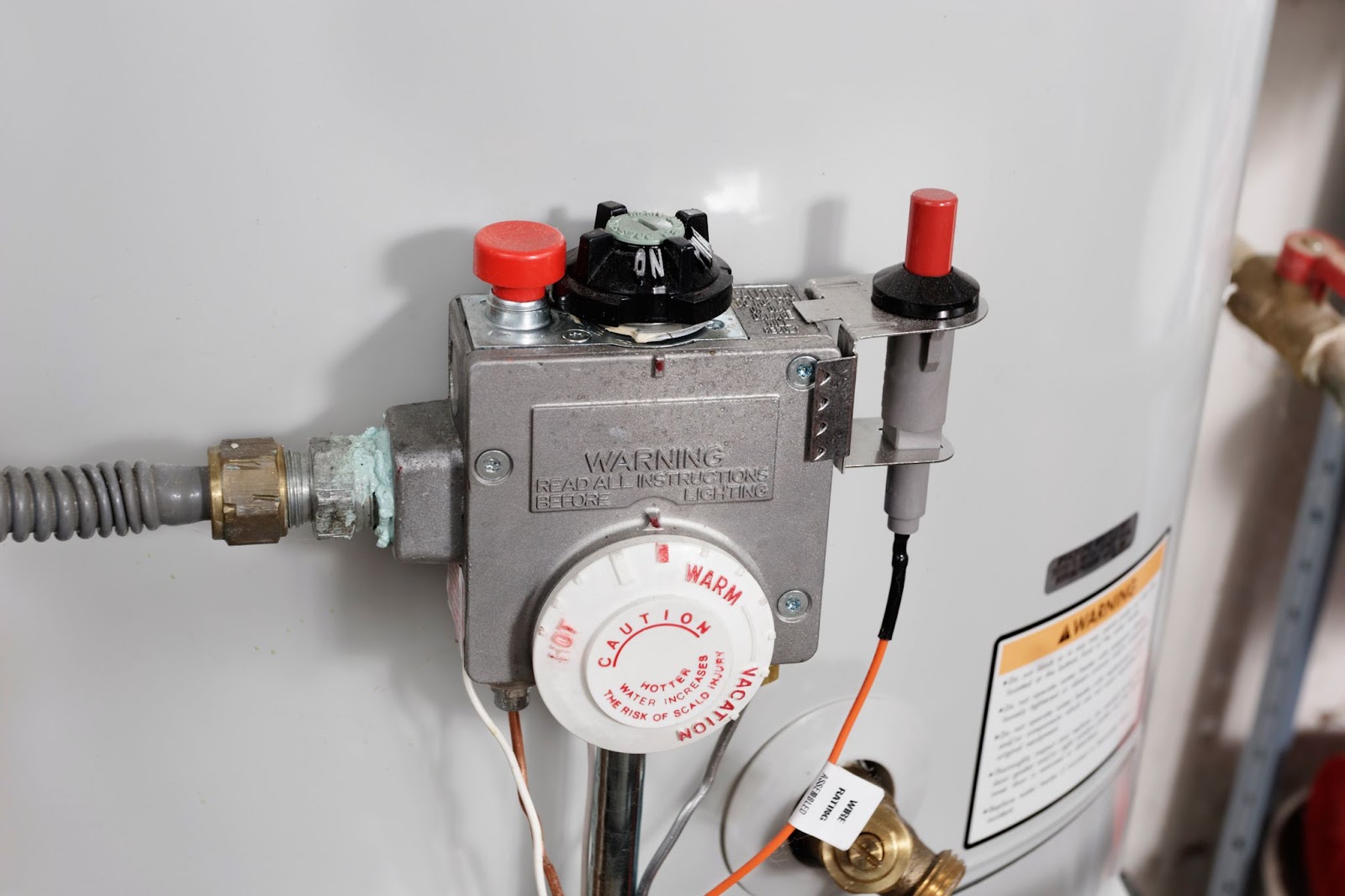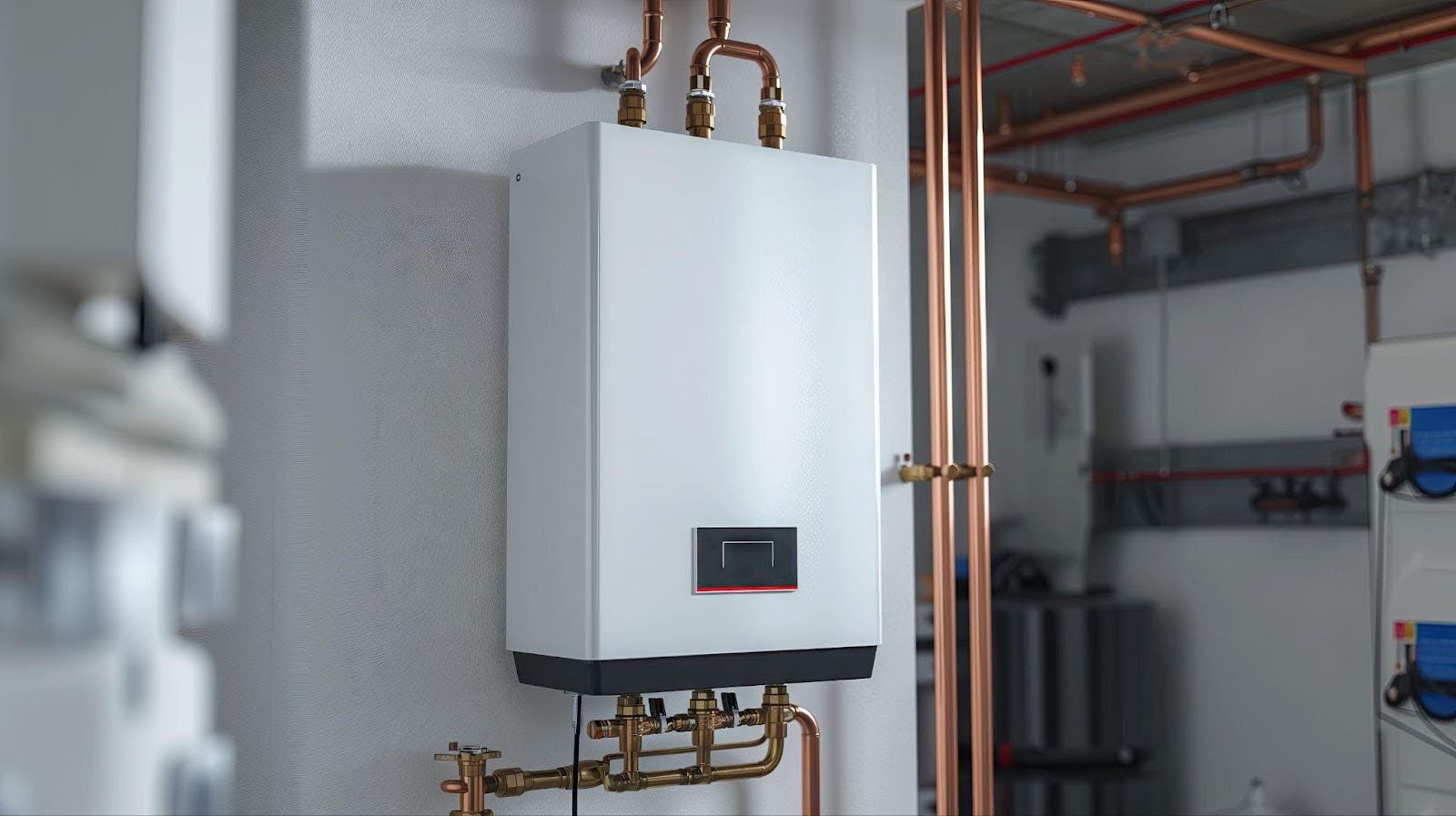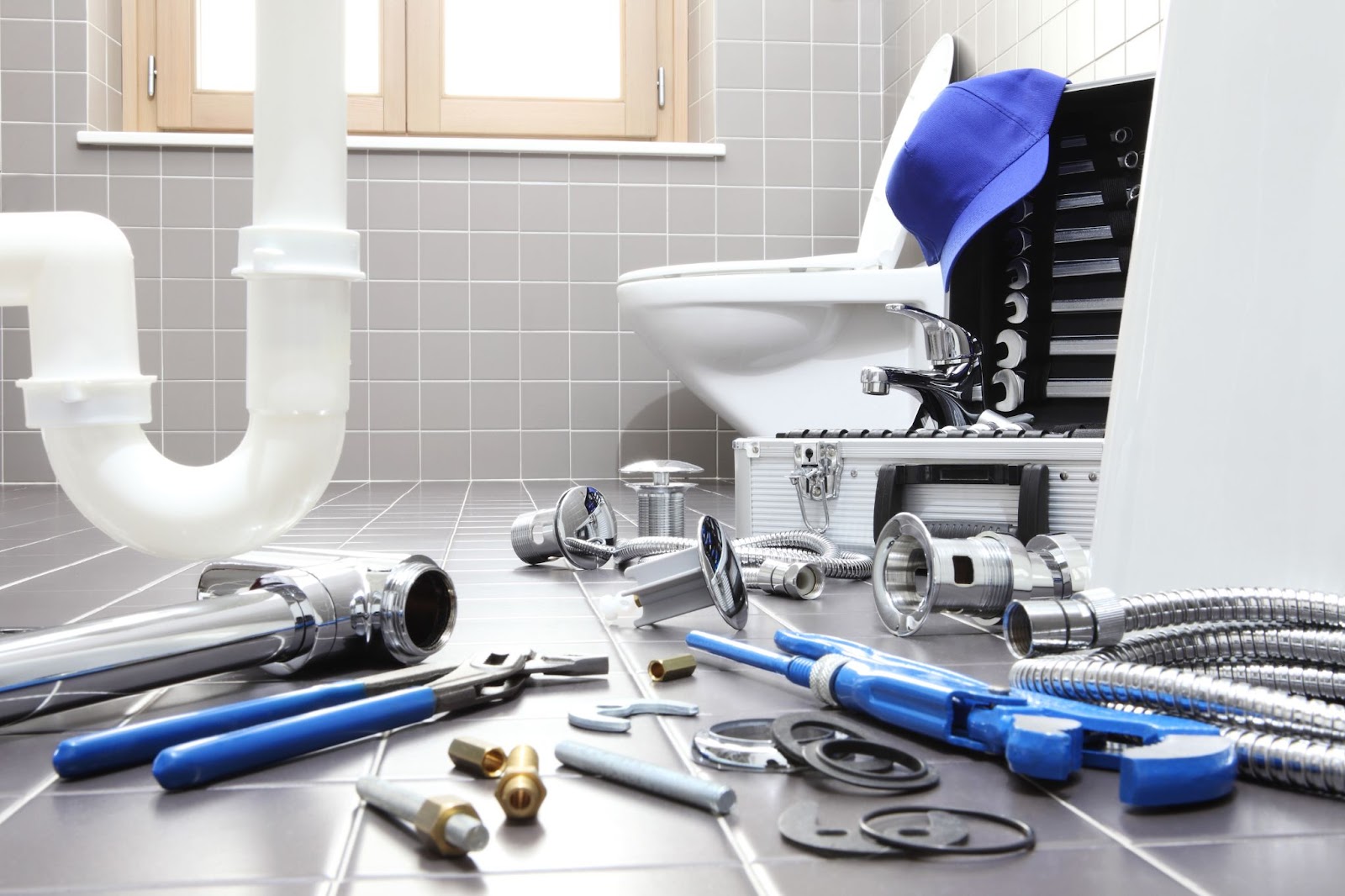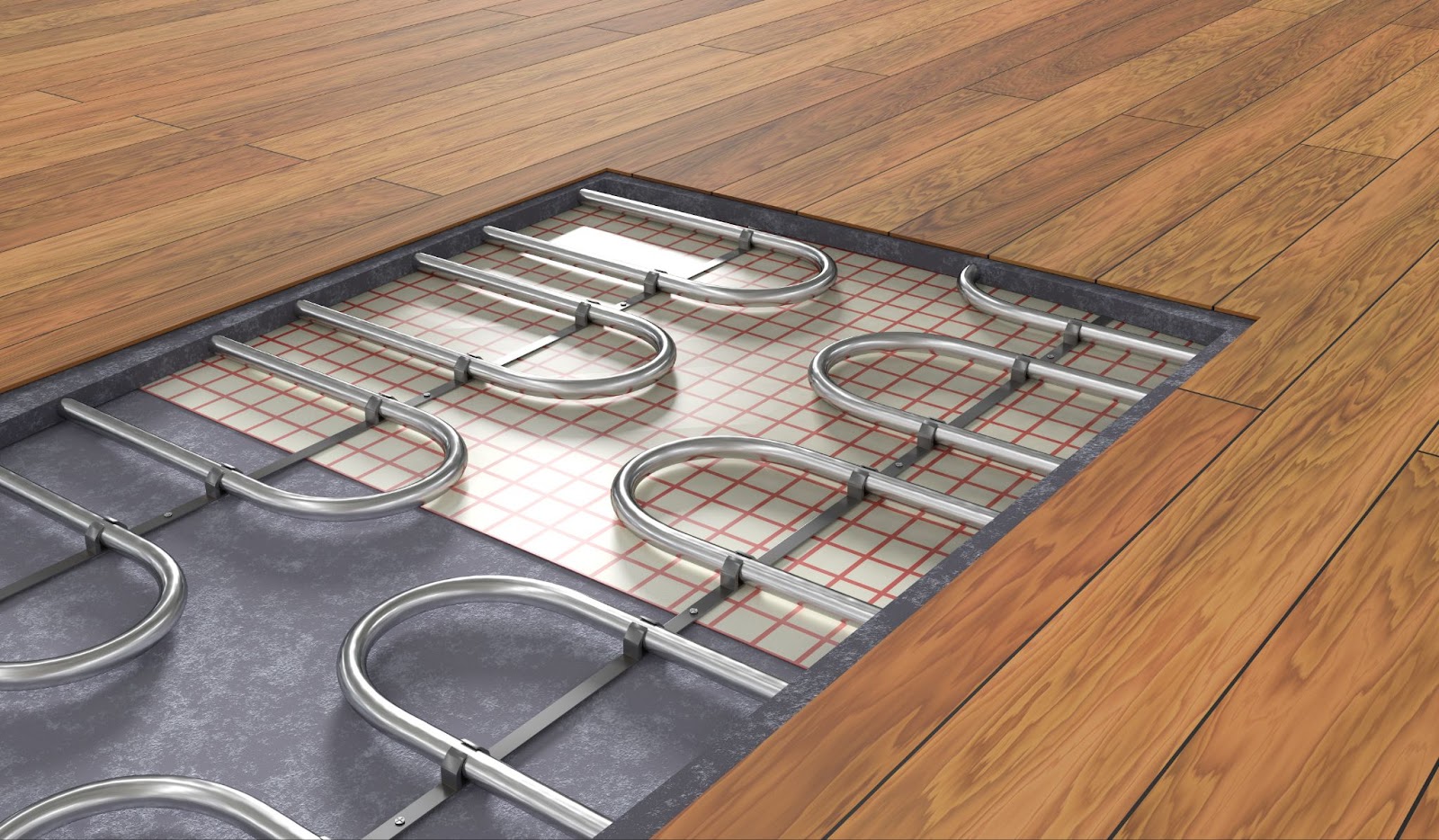When it comes to safeguarding against fire incidents, two vital components play a crucial role: a fire alarm system and a fire sprinkler system.
Fire safety is a critical aspect of protecting lives and property. Every year, countless devastating fires remind us of the importance of effective fire protection systems. While these systems are often mentioned in the same breath, it’s essential to understand their unique functions, capabilities, and how they work together.
In this blog, we will delve into the key differences between fire alarm systems and fire sprinkler systems. By having a comprehensive understanding of these two systems, you’ll be better equipped to make informed decisions about fire safety in your home, workplace, or any other environment.
What is a Fire Alarm System?
Regarding fire safety, a reliable fire alarm system is one of the key components in protecting lives and property. Fire alarm systems are designed to detect the presence of a fire and promptly alert occupants, allowing for a timely response and evacuation.
These systems serve as a vital early warning system, providing valuable time to address the emergency effectively.
How Do They Work?
A fire alarm system is a network of interconnected components that work together to monitor the environment for signs of fire. The system typically includes smoke detectors, heat detectors, control panels, and notification devices such as alarms and sirens. Each component plays a crucial role in ensuring the system’s functionality and effectiveness.
The heart of a fire alarm system lies in its detection capabilities. Smoke and heat detectors are the primary devices responsible for sensing fire-related indicators. Smoke detectors employ sensitive sensors that detect the presence of smoke particles in the air.
When the concentration of smoke reaches a predetermined threshold, the smoke detector triggers the alarm system, generating an audible or visual alert to warn occupants.
Heat detectors, on the other hand, monitor temperature changes. They are particularly useful in areas where smoke detectors may not be suitable, such as kitchens. Heat detectors are designed to detect rapid temperature increases, often indicative of a fire.
Once the temperature rises above a predetermined threshold, the heat detector activates the fire alarm system, initiating the alert sequence.
When a smoke detector or heat detector is activated, the signal is transmitted to the control panel of the fire alarm system. The control panel acts as the central command center, receiving and processing signals from the detectors and other devices connected to the system.
It analyzes the information and determines the presence and location of the fire within the building.
Are Fire Alarm Systems Legally Required?
Fire alarm systems are often legally required in various types of buildings to ensure compliance with fire safety regulations and standards. The specific requirements can vary based on local building codes, occupancy types, and the size and intended use of the building.
For example, commercial buildings, multi-story residential buildings, educational institutions, healthcare facilities, and public assembly areas typically have regulations mandating the installation of fire alarm systems.
These regulations are in place to prioritize occupant safety, facilitate timely evacuation, and provide early detection and response to fire incidents. It’s crucial for building owners and managers to familiarize themselves with the applicable laws and regulations in their jurisdiction to ensure compliance and maintain a safe environment for occupants.
Consulting with local authorities or fire safety professionals can provide guidance on the specific legal requirements for fire alarm systems in a given area.
Do Fire Alarm Systems Need to Be Inspected?
Regular inspection and maintenance of fire alarm systems are essential to ensure their reliability and effectiveness. Fire alarm systems should be inspected regularly as specified by local regulations, fire codes, and the manufacturer’s recommendations.
These inspections are typically carried out by certified professionals with the knowledge and expertise to assess the condition of the system components, including detectors, control panels, notification devices, and wiring.
During inspections, technicians verify the proper operation of the system, test the sensitivity of smoke and heat detectors, ensure that alarm signals are received at the control panel, and check the functionality of notification devices. Any issues or deficiencies identified during the inspection are documented and addressed promptly to maintain the system’s integrity.
Regular inspections help to identify and rectify potential problems, prevent false alarms, and ensure that the fire alarm system remains in optimal working condition, ready to respond effectively in the event of a fire.
What is a Fire Sprinkler System?
When it comes to fire protection, a fire sprinkler system is one of the most effective and widely used systems. A fire sprinkler system is a network of water pipes and sprinkler heads strategically installed throughout a building or structure.
These systems are designed to automatically respond to a fire by releasing water, suppressing or controlling the fire’s growth until emergency responders arrive. Fire sprinkler systems are integral to fire safety measures, offering a proactive and reliable approach to fire prevention and protection.
How Do Fire Sprinkler Systems Work?
Fire sprinkler systems are a highly effective and reliable means of fire suppression. These systems operate on a simple yet ingenious principle that allows them to respond swiftly and automatically to a fire incident.
The key components of a fire sprinkler system include water supply pipes, sprinkler heads, control valves, and a network of interconnected piping. During the fire sprinkler system installation process, each sprinkler head is equipped with a heat-sensitive element that holds back the water flow.
When exposed to the high temperatures of a fire, the heat-sensitive element activates, allowing the sprinkler head to release water onto the fire below.
Contrary to popular belief, fire sprinkler systems do not activate all sprinkler heads simultaneously in the event of a fire. Instead, each sprinkler head operates independently, responding only to the heat directly affecting it.
This targeted response ensures that water is delivered precisely to the area affected by the fire, maximizing the system’s effectiveness while minimizing water damage to unaffected areas.
The activation temperature of sprinkler heads is predetermined based on the specific fire hazard and the sprinkler system’s design. Different areas within a building may require different temperature ratings for the sprinkler heads to suit the expected fire conditions.
This level of customization ensures that the sprinkler system responds appropriately to the heat generated by a fire, activating only where necessary.
It is important to note that not all the sprinkler heads in a fire sprinkler system activate during a fire incident. In fact, statistics show that the majority of fires are controlled and extinguished by only one or two sprinkler heads, thanks to the system’s rapid response and localized suppression capability.
The water supply for a fire sprinkler system can come from either a dedicated water tank or the building’s municipal water supply. A network of pipes connects the water source to the sprinkler heads, and control valves are installed to regulate water flow and pressure within the system.
These control valves are typically activated by the heat-sensitive elements in the sprinkler heads, allowing water to flow through the activated sprinklers and onto the fire.
Are Fire Sprinkler Systems Legally Required?
Fire sprinkler systems are subject to various legal requirements and regulations to promote fire safety and protect lives and property. The specific regulations regarding fire sprinkler system installation vary depending on the jurisdiction, building type, occupancy, and local fire codes.
Many jurisdictions have adopted legislation that mandates the installation of fire sprinkler systems in specific building categories, such as high-rise buildings, commercial establishments, healthcare facilities, educational institutions, and multi-family residential properties.
These legal requirements are in place to mitigate fire risks, minimize property damage, and enhance occupant safety. Property owners, developers, and facility managers must familiarize themselves with the applicable laws and regulations governing fire sprinkler systems in their region.
Do Fire Sprinkler Systems Need to Be Inspected?
Just like fire alarm systems, regular inspections of fire sprinkler systems are essential in case fire sprinkler system repair is needed. These inspections should be conducted regularly as required by local fire codes and regulations. Qualified professionals, such as fire protection technicians or certified inspectors, should perform the inspection and the fire sprinkler system repair.
During the inspection, various fire sprinkler system components are thoroughly examined, including sprinkler heads, pipes, control valves, and the water supply.
The inspection process typically involves checking for proper alignment and clearance of sprinkler heads, ensuring that control valves are in good working order, and verifying that there are no obstructions or leaks in the piping system.
In addition, functional tests may be conducted to confirm that the system is properly pressurized and capable of delivering an adequate water supply.
How Do Fire Alarm Systems and Fire Sprinkler Systems Work Together?
Fire alarms and sprinkler systems are complementary components of a comprehensive fire protection strategy. While fire alarm systems are primarily responsible for detecting fires and alerting occupants, fire sprinkler systems play a crucial role in actively suppressing and controlling fires.
When integrated and coordinated effectively, these systems form a powerful combination that enhances overall fire safety.
The alarm system alerts occupants and emergency responders when a fire is detected. While many believe that a fire alarm system activates the sprinkler system, that is a common misconception; the sprinkler system only activates when the temperature exceeds a certain degree, as mentioned above.
Don’t Compromise on Fire Safety – Trust Salisbury Plumbing’s Expertise in Fire Sprinkler Systems
Are you ready to take the necessary steps to enhance your fire safety measures? Contact Salisbury Plumbing today to discuss your fire sprinkler system needs. Our team of experienced professionals specializes in fire sprinkler system installation, inspection, and maintenance.
With our expertise and dedication to safety, we can help you with fire sprinkler system repair, providing you with peace of mind and the confidence that your property is well-protected.
Call us now at 385-438-6647 or contact us using our online form to learn more about our fire sprinkler system services and schedule a consultation. Don’t wait for a fire emergency to strike – act now to ensure reliable fire protection for your property.


